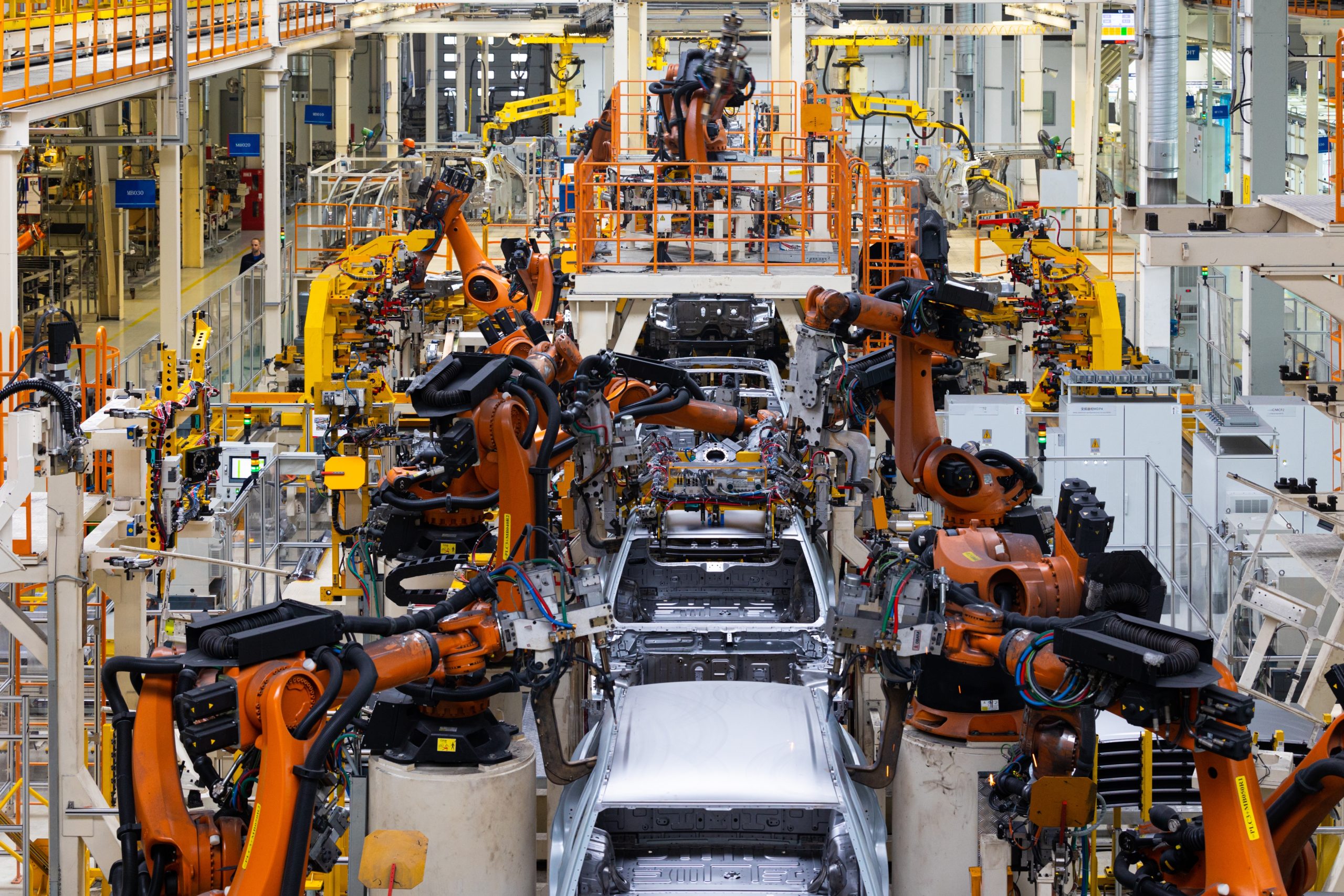For stakeholders across the ecosystem — from tier-one suppliers to logistics firms and lenders — liquidity is now the central concern. When production stops, so does cash inflow. Some larger suppliers have already placed their workforce on temporary furlough at 80% pay. While this alleviates short-term pressure, there remains a substantial cash drain, exacerbating balance sheets already burdened by debt. It’s important to remember that the automotive industry is still recovering from the cumulative impacts of Brexit, COVID-19, emissions scandals, and the transition from internal combustion engines to electric vehicles.
Although production has now restarted, uncertainty remains over what that restart truly looks like. The automotive supply chain is highly complex and deeply interdependent. If just one critical supplier fails, the disruption quickly ripples through the network. This can result in stop–start production cycles, creating cash flow challenges for suppliers who must manage fluctuating machine time, capacity, material ordering, and workforce planning.
However, there are several practical steps business owners can take:
- Prioritise Cash-Flow Forecasting - Develop multiple scenarios based on varying restart timelines. Assume delays rather than best-case recoveries. Stress-test supply chain assumptions — particularly where revenue depends on JLR’s purchasing schedule.
- Engage Early with Key Counterparties - Open, honest dialogue with lenders, suppliers, and customers is vital. Collaborative restructuring of payment terms or inventory commitments can create essential working capital headroom.
- Seek Professional Advice - Specialist restructuring advisers, such as the team at KR8 Advisory — can provide breathing space through contingency planning, stakeholder negotiation, and access to non-traditional financing options. Early engagement helps preserve options before covenant breaches or arrears materialise.
- Consider Controlled Shutdowns - For businesses reliant on JLR’s production schedule, deliberate temporary pauses may reduce cash burn more effectively than drifting into uncontrolled losses.
- Monitor for Secondary Supply Chain Distress - Disruption won’t stop at first-tier suppliers. Insolvency risk is likely to cascade across the ecosystem. Those who move early may uncover strategic acquisition or consolidation opportunities as weaker competitors falter.
This cyber attack is more than an IT incident — it is fundamentally a liquidity crisis. Stakeholders who act decisively, both financially and strategically, will be best positioned not only to withstand the shock but to emerge stronger as production stabilises.
Jimmy Saunders is a Managing Director at KR8 Advisory and has been advising automotive suppliers for 25 years. He spent the first six years of his career working on the restructuring of Federal-Mogul followed by a 12-month tenure in the Netherlands on the restructure of Collins & Aikman, both major Tier 1 automotive suppliers. Since then, he has worked across a range of automotive subsectors, from alloy wheels and pressings to springs and thermostats. Most recently, Jimmy led the restructuring and operational turnaround of a global Tier 1 supplier, trading it for 12 months and successfully managing the sale of the group to four separate purchasers.













